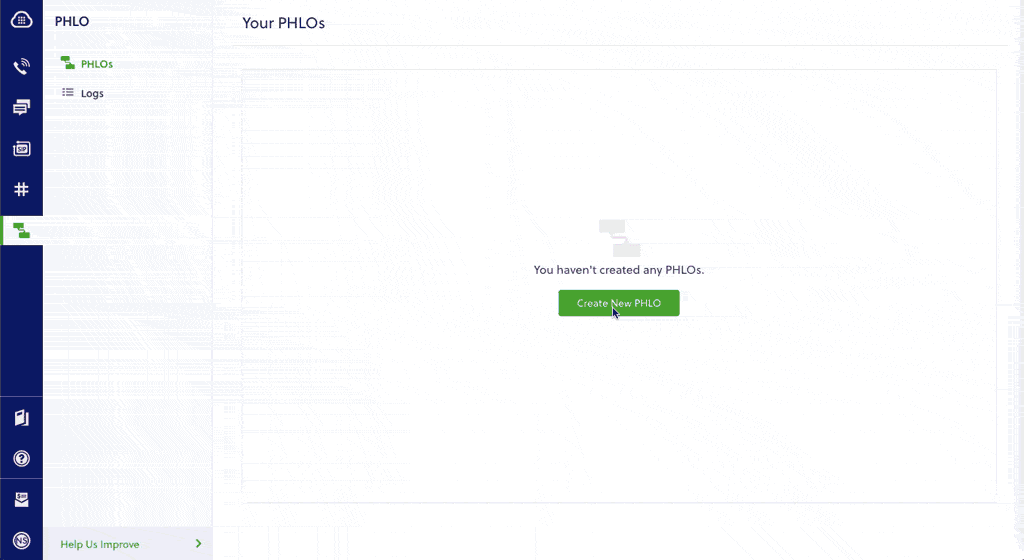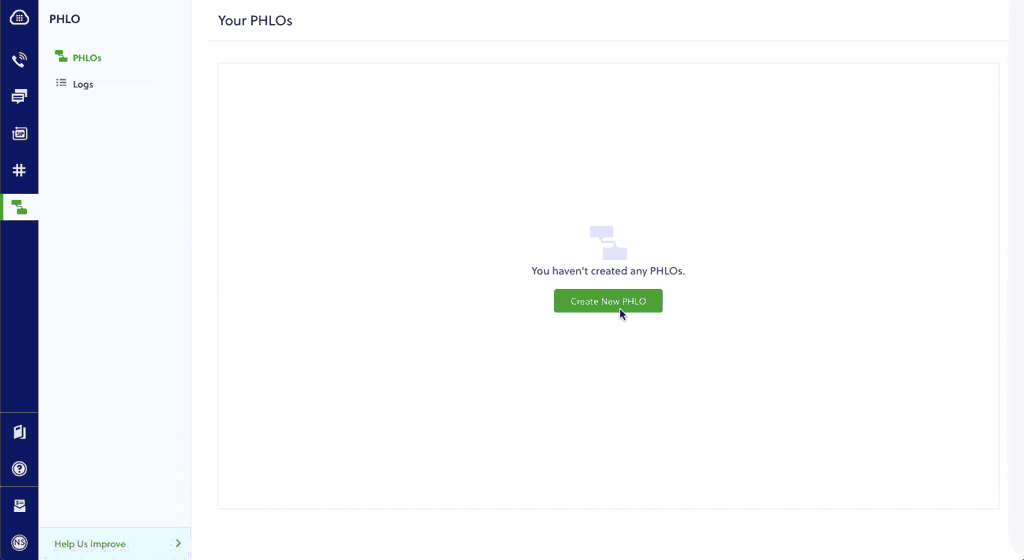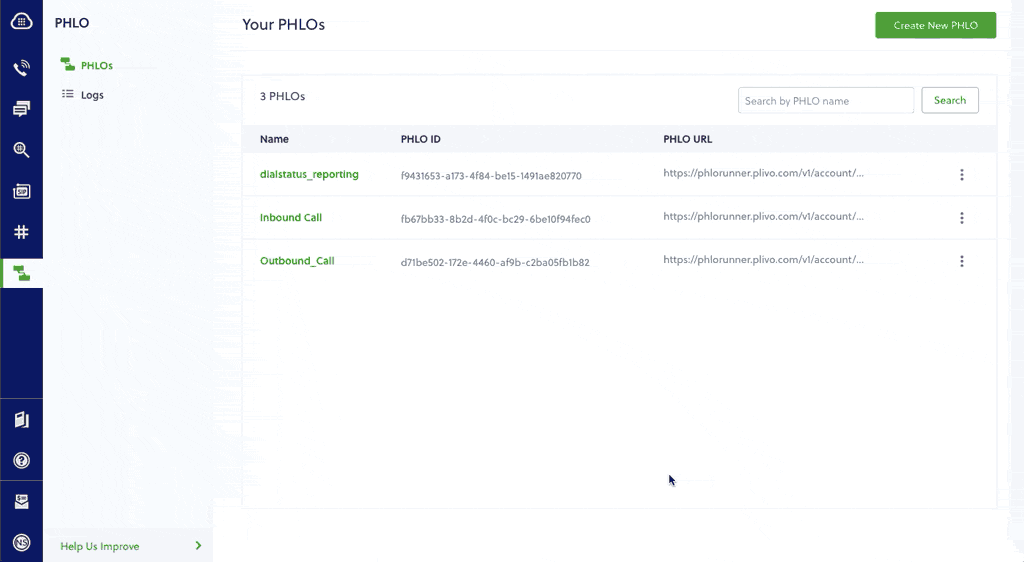Introduction
Migrating from Twilio to Plivo is a painless process. The two companies’ API structures, implementation mechanisms, XML structure, SMS message processing, and voice call processing are similar. We wrote this technical comparison between Twilio and Plivo APIs so that you can scope the code changes for a seamless migration.Understanding the differences between Twilio and Plivo development
Most of the APIs and features that are available on Twilio are also available on Plivo, and the implementation mechanism is easier as the steps involved are almost identical. This table gives a side-by-side comparison of the two companies’ features and APIs. An added advantage with Plivo is that not only can you code using the familiar API/XML coding method, you can also implement your use cases using PHLO (Plivo High Level Objects), a visual workflow builder that lets you create workflows by dragging and dropping components onto a canvas — no coding required.| Features and APIs | Twilio | Plivo | Similarities | Implementation Interface |
| Voice API: Make phone calls | ✅ | ✅ | Request and response variables’ structure | API PHLO |
| Programmatically manage call flows | Twiml | Plivo XML | XML element and its attributes structure | XML PHLO |
| Geo Permissions | ✅ | ✅ | Feature parity | Console |
| Number Lookup API | ✅ | ✅ | API Parity | API |
| Phone number management | ✅ | ✅ | Feature parity | API Console |
| Call Insights | ✅ | ✅ | Feature parity | Console |
| Validating Requests | ✅ | ✅ | Feature parity | API XML |
| Subaccounts | ✅ | ✅ | Feature parity | API |
| Speech recognition | ✅ | ✅ | Feature parity | XML |
| SSML (Speech Synthesis Markup Language) | ✅ | ✅ | Feature parity | XML PHLO |
| BrowserSDKs | ✅ | ✅ | Feature parity | Browser |
| Transcription | ✅ | ✅ | Feature parity | API XML PHLO |
| Custom SIP Headers | ✅ | ✅ | Feature parity | API XML PHLO Browser SDK Mobile SDKs |
| HTTP callbacks | ✅ | ✅ | Feature parity | API XML PHLO |
Create a Plivo account
Start by signing up for a free trial account that you can use to experiment with and learn about our services. The free trial account comes with free credits, and you can add more as you go along. You can also add a phone number to your account, or port a number from Twilio to Plivo, to start testing the full range of our voice and SMS features. A page in our support portal walks you through the signup process.Migrate your voice application
To migrate an existing application from Twilio to Plivo using APIs, follow the voice quickstart guides for one of the seven languages Plivo provides SDKs for: PHP, Node.js, C# (.NET), Java, Python, Ruby, and Go. For another alternative that lets you evaluate Plivo’s SMS APIs and their request and response structure, use our Postman collections.How to make an outbound call
Let’s take a look at the process of refactoring the code to migrate your app from Twilio to Plivo to set up a simple Python application to make an outbound call by changing just a few lines of code.
How to receive an incoming call
You can migrate an application for receiving and handling an incoming call from Twilio to Plivo just as seamlessly, as in this example:
How to forward an incoming call
You can migrate an application for forwarding an incoming call from Twilio to Plivo as in this example:
More use cases
You can migrate applications that serve other use cases too:- Phone system IVR — Touch-Tone/DTMF-based virtual assistant
- Voice-controlled virtual assistant
- Number masking
- Supervisor coaching
- PINless conference
- Conference with PIN
- Voicemail
- Voice alerts broadcasting
- Voice survey
- Dial status reporting
- Screen incoming calls
- Record a call
Port your existing numbers from Twilio to Plivo
If you want to continue using your phone numbers from Twilio, you can port the numbers to Plivo without having any downtime on your services for your customers. Phone number porting must be requested by a phone number’s owner. Here’s an overview of the process for porting a phone number to Plivo:- Phone number’s owner submits porting request with documentation.
- Plivo verifies the porting request.
- Plivo submits porting request to the gaining carrier.
- The gaining carrier submits porting request to the losing carrier.
- The losing carrier responds with an approval or a rejection.
- Plivo notifies phone number owner of Firm Order Commitment or porting date.